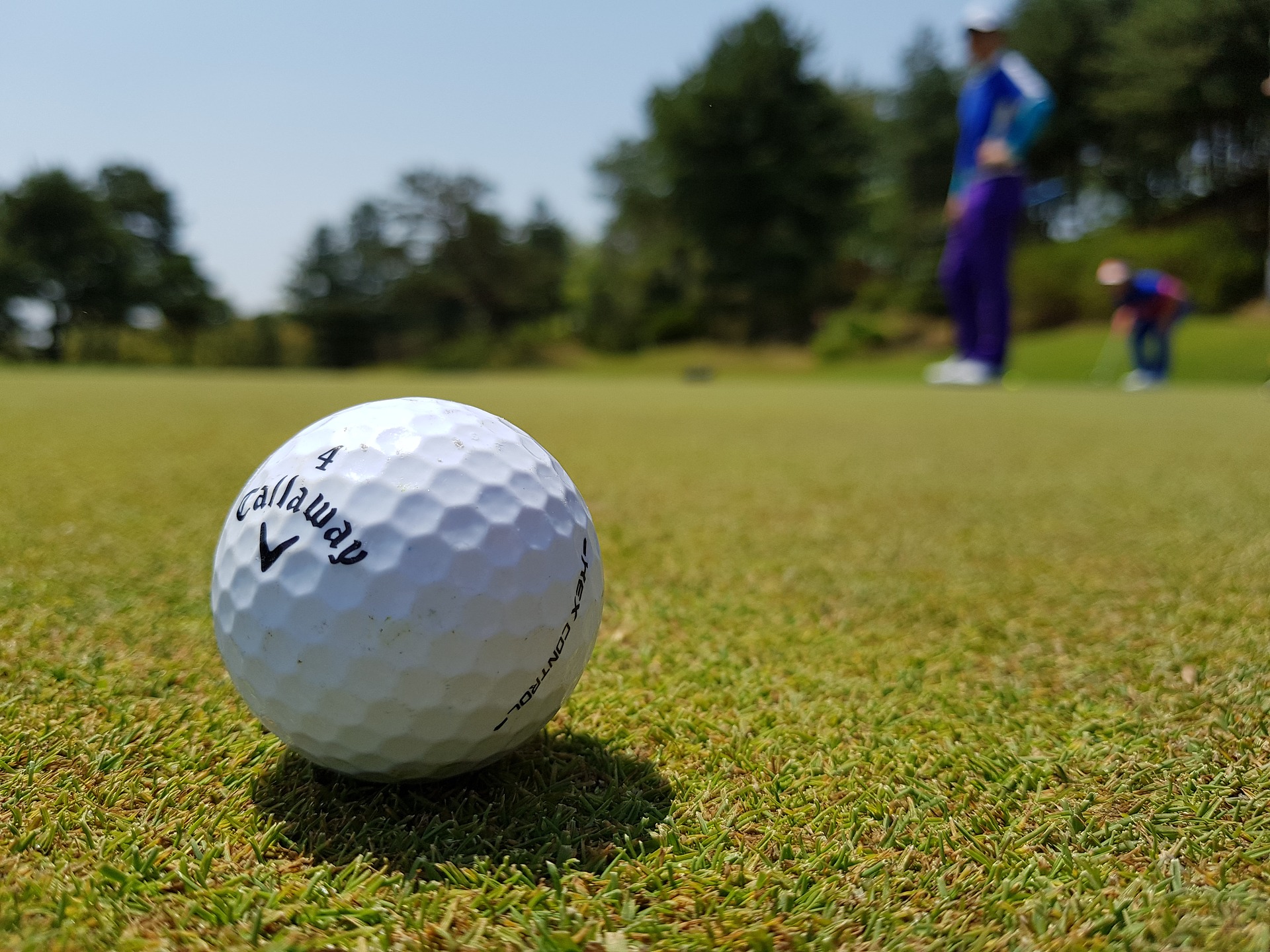How do you say goodbye to 3 and 4 putts? Practice, practice, practice. The key to improving your short game lies in putting practice. But where?
You can practice conveniently on your own home putting green and it may even increase the value of your home. If you’re thinking about installing a putting green, there are several factors to take into consideration.
Will your putting green be portable?
Roll out greens come in many sizes. Popular sizes are 2′ x 6′, 3′ x 12′ to 6′ x 15′. Some feature a regulation cup, while others have a smaller cup than regulation size, which will hone your targetting. Some feature a ball return.
Will you install your green inside or outside?
Indoors, there are small practice greens, rollout greens and larger indoor greens. Large indoor greens can be as large as 12′ x 30′. Outdoor greens can be as large as you want.
How much do you want to spend?
Roll-out greens can be found in a wide range of prices from $20 to $300. Larger indoor greens can cost as much as $700. When you start looking at outdoor putting greens, you are talking about costs per square foot for all of the materials – the green material and the base layers.
What material will your green be made of?
Indoor greens are synthetic of course. When you’re considering outdoor putting greens, you have a choice of materials. Your choice is natural grass or artificial turf.
At first glance, you may think all-natural grass might be best. Think again though. If you choose grass, you will need to spend time maintaining the green. The question is, would you rather be mowing, watering, feeding, and weeding OR putting? Since most golfers choose to put, let’s talk about artificial greens.
Artificial outdoor putting greens
With an artificial putting green, maintenance is minimal which means more time to putt. The synthetic fibers are manufactured to resist fading and matting.
There are two popular UV-treated materials: polypropylene turf and nylon turf. Nylon turf is easier to maintain than polypropylene turf. The fibers spring back so your ball has a true roll to the cup. Nylon turf is also denser than polypropylene turf.
Polypropylene turf needs sand fill to keep the fibers upright. During installation, sand is spread across the top of the polypropylene surface and brushed into the turf with a broom. Since the sand can wear away, from time to time, you’ll need to add more sand.
Outdoor putting greens also require a base of stone or concrete. The cups are concreted into place. As for drainage, synthetic turfs drain off the turf, not through it. Drainage needs to be provided.
How fast will your outdoor green be?
Another decision you’ll make is regarding green speed. Stimp measures how fast the green is. You can have your green speed matched to your local courses or to a championship course. In general, adding more sand to your synthetic green makes it faster.
Will you Do-it-Yourself?
You can buy a putting green kit to install yourself. Many come with video instructions. Depending on the size and design, you may need help in installing the green.
Once your new putting green is installed, you can enjoy hours of putting practice and improve your golf game. For a putting green resource site, visit http://www.allputtinggreens.com/
About the Author
Raynay Valles is a writer for http://www.golfcoursechicago.com. Visit today for golf resource directories, articles, and golf tips.


Comment here